Publications
Categories
- (34)
- (9)
- (3)
- (143)
- (18)
- (7)
- (4)
- (8)
- (9)
- (17)
- (2)
- (104)
- (7)
- (14)
- (7)
- (1)
- (1)
- (6)
- (155)
- (20)
- (2)
- (5)
- (111)
- (35)
- (11)
- (4)
- (59)
- (18)
- (3)
- (7)
- (62)
- (18)
- (5)
- (24)
- (7)
- (12)
- (1)
- (2)
- (2)
- (1)
- (1)
- (14)
- (13)
- (4)
- (6)
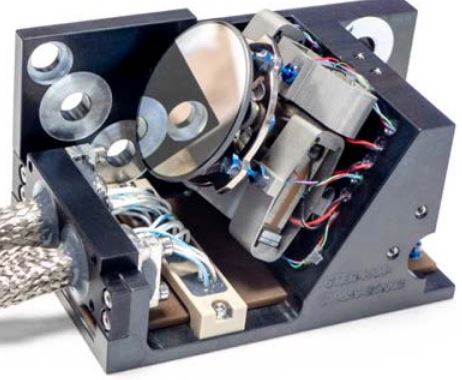
Point Ahead Mechanism for Deep Space Optical Communication Development of a New Piezo-Based Fine Steering Mirror
19 June 2023
The purpose of this paper is to present the development of a novel tip-tilt mechanism, with integrated optics, designed for the JPL Deep Space Optical Communication (DSOC) module of the upcoming Psyche mission (2022 launch). This paper presents the design, assembly and tests of the produced models. Regarding the design phase, an emphasis was put on the mirror calculations to ensure that the required flatness would be maintained after integration, and that the part would withstand the thermal/mechanical environment. The actual optical measurements performed after assembly are also presented. The qualification results for a new alpha-case removal process for titanium parts are presented. Tests results are especially interesting
regarding the temperature behavior of the mechanism, impact on the stroke, and strain gage sensor feedback.
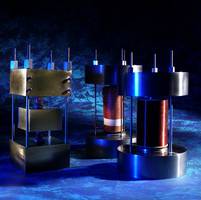
Progress In Magnetostrictive Sonar Transducers
19 June 2023
Continous interest from the French Navy (DRET and CERDSM) has permitted significant improvements to magnetostrictive transducers in order to produce low-frequency high-power sonar sources. These improvements can be appreciated by looking at three transducers.

Pulsed air high performances valves improve aerodynamic flow over airplane wings
19 June 2023
The objective of the European Cleansky project is to develop new technologies for future aircraft enabling a 20-30% fuel burn reduction and related CO2 emissions and a similar reduction in noise levels compared to current aircraft. One of the ways to reach this goal is to improve the aerodynamic performances of current high lift devices. Active flow control is unanimously seen as the best mean to reach this objective. By suppressing flow separation and/or delaying stall, active flow control will increase wing aerodynamic performances. The partnership between CTEC and ONERA in the framework of the VIPER project has led to the design, manufacturing and test of an innovative pulsed jet actuator based on a CTEC amplified piezo-actuator (APA). Its aim is to provide a pulsed sonic jet up to 500Hz with a mass flow around 34 g/s through a slot 1mm wide and 80mm long. Coupled with CTEC SA75D switching power amplifier this actuator produces the expected sonic jet with an electrical consumption around 40W thanks to energy recovery. The results of the actuator characterisation (mechanical, fluidic) are presented in this paper.
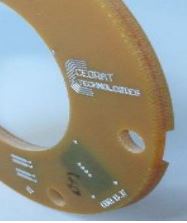
Qualification of Euclid near infrared spectro photometer cryomechanism – An application of CTEC ECS
19 June 2023
Already presented at 2015 ESMATS symposium [1], the CEA-Cryomechanism (CM) is a cryogenic rotating actuator that can operate from room temperature down to cryogenic environments, under vacuum or nitrogen atmosphere. In the framework of the Euclid-NISP space program, after having built two bread board model (BBM) units, CEA has undergone the integration of three qualification model (QM) units, among which one unit is going through a full qualification program (the two remaining units are intended to be qualified at upper system level).
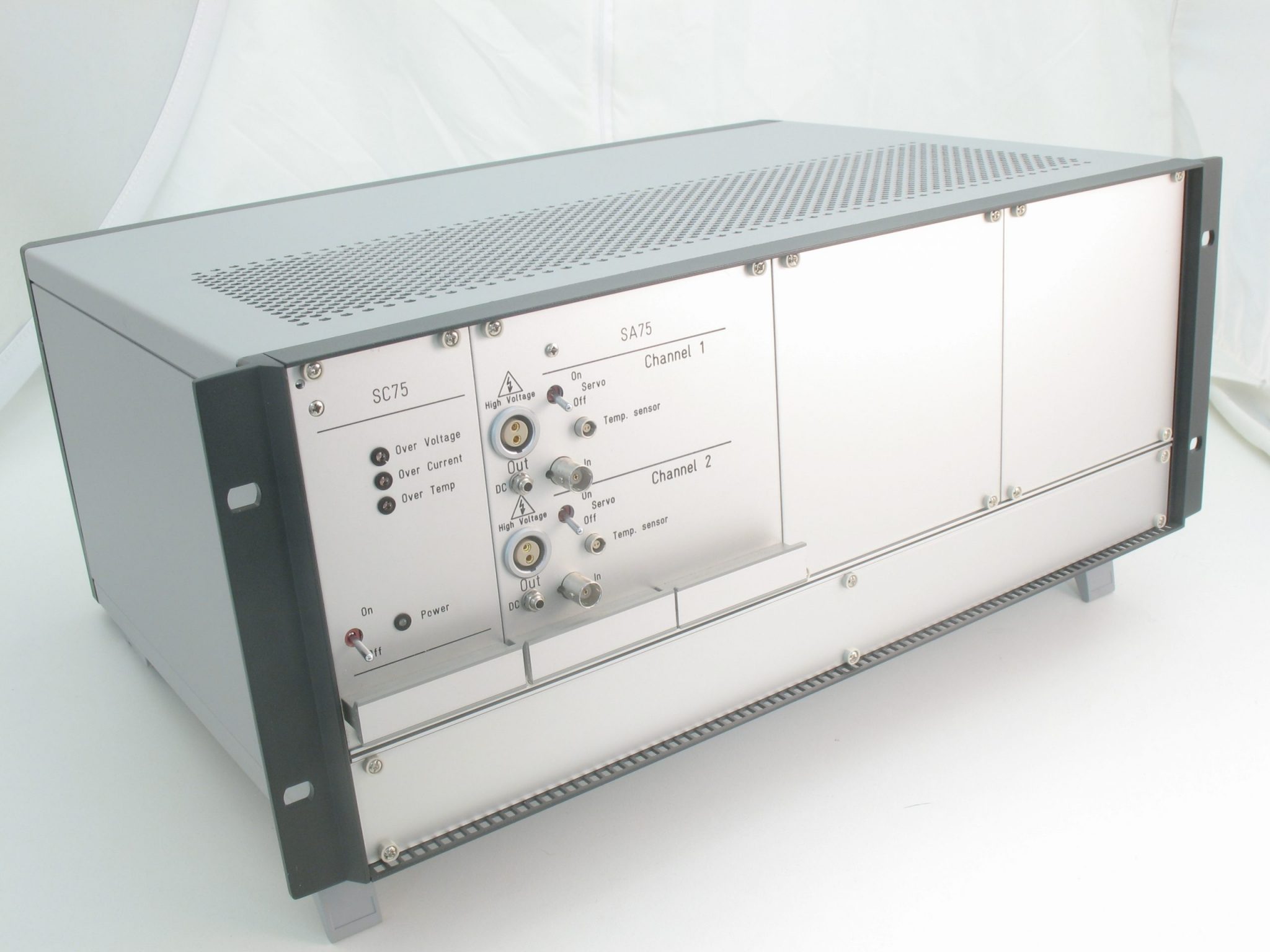
New Design of High Switching Power Amplifier for driving Piezoelectric Actuators in aeronautic applications
19 June 2023
Nowadays, piezoelectric actuators (PA) are used in fast power actuations and high power applications as requested in machine tools or helicopters flap applications. Regarding to the low power capability and high loss ratios of linear amplifiers, Switching Power Amplifiers (SA75X) is designed by Cedrat Technologies to drive piezoelectric actuators in such applications. The switching technique (up to 100 kHz) allows high current peaks required by impulse or by high frequency applications on large piezoelectric actuators (or actuators in parallel) and allows energy harvesting.
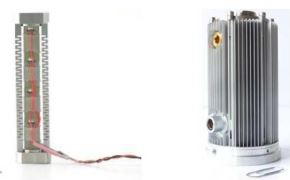
New developments in piezo actuators: Long stroke actuators and high power electronics
19 June 2023
In many cases piezoelectric actuators reach limitations in terms of maximum displacement and cycling frequency. Most amplified actuator technologies struggle to go over the millimeter of stroke. Furthermore certain closed-loop applications demand stroke measurement integrated into the actuator. While few amplifiers on the market can offer 20Amps current over a few 100ms, development of high power supply units runs parallel with actuator improvements. However with the introduction of high power supplies comes the problem of self-heating of the piezo ceramic. Finally extreme environmental conditions in terms of harsh conditions and high temperatures need to be addressed in order to open these markets for piezo actuators. Cedrat Technologies has been heavily investigating in solutions to overcome all of these drawbacks and these solutions are
presented here.


